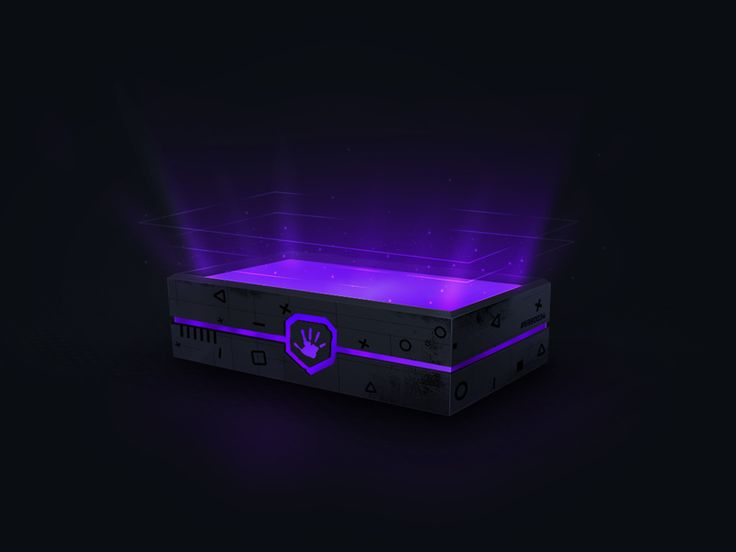
Introduction
We’ve seen many different types of articles and guides so far, but what’s the one thing they all emphasize? Safety first. Yes, this might be one of the most important ones you’ll read, and we promise to keep it as practical as possible. Ready to protect yourself from scammers and thieves in CS2 and CS:GO? Let’s get started!
Scams and Frauds in CS2
Scams and frauds are everywhere, touching nearly every part of our lives. But are there any specific things we should watch out for when it comes to CS2 scams? Well, yes and no. Let’s take a closer look:
Are Scams and Frauds Popular in CS2?
Scams and frauds are, unfortunately, a big problem in CS2, and they’ve gotten more clever as the game becomes more popular. Fake websites promise unbelievable deals on skins while phishing scams try to trick players with fake messages or Discord links. These scams take advantage of players’ excitement, often looking like real offers and promising rare skins or easy money, only to end up stealing your items or cash.
Why Do People Still Fall Victim to Scams?
People still fall victim to scams in CS2 because scammers know how to play on emotions like excitement and impatience. Many players are eager to get rare skins or make a quick profit, so they overlook red flags. Scammers often use fake giveaways or unbelievable deals that sound too good to pass up. On top of that, some players aren’t always aware of the latest scam tactics or may not be familiar with the signs of a scam.
What Should Raise Red Flags for You?
When something feels too good to be true, it probably is. If an offer promises rare skins or big profits with little effort, that’s a huge red flag.

Watch out for deals that pressure you to act fast or require you to use third-party websites you’ve never heard of. If a site or person insists on personal information like your account details or tries to rush you into making a trade, that’s another warning sign. Also, always double-check links. Scammers often use fake URLs that look similar to real ones.
Popular Types You Can Encounter
To better protect ourselves, we should be familiar with the common types of scams and frauds. Do we know them? If not, here are the three most popular scam types in CS2:
Fake Marketplace Scams
Fake marketplace scams involve websites that sell skins at prices that seem too good to be true. When you buy from them, they either don’t send the skin or they steal your money and account information. These websites may look real, but they are designed to trick you. Always stick to trusted and official platforms when buying or selling skins to avoid being scammed.
Fake Skin Giveaway Scams
Fake skin giveaway scams are common in CS2. Scammers promise free rare skins if you follow their social media or click on links. Once you do what they ask, they take your account details or disappear without giving you anything. These scams are easy to fall for because the idea of getting something for free is tempting, but it’s just a trick to steal your information.
Phishing Scams
Phishing scams happen when scammers send fake messages pretending to be from Steam or well-known players. They ask you to click on links or give your login details. The message may look real, but if you click or share your information, the scammer gets control of your account. This can lead to your items being stolen or your account being locked.
Great Methods to Protect Yourself from Scams
And lastly, we’ll discuss the best ways you can protect yourself from those dishonest people. 🙂
Use Trusted Platforms
Always buy, sell, or trade skins through official channels like the Steam Market. Avoid third-party websites or shady deals, as they can often be scams designed to steal your money or items. Stick to known and verified platforms, and don’t let excitement push you into risky trades or deals.

If you’re unsure about a skin’s value, consider using a CS2 inventory value checker to make sure you’re not being tricked into undervaluing or overpaying for items.
Enable Two-Factor Authentication
Protect your account by enabling Steam’s two-factor authentication (2FA). This adds an extra layer of security, making it harder for scammers to access your account even if they get your login details. 2FA usually requires you to enter a code sent to your phone or email, giving you more control over who can access your account.
Be Cautious with Links and Offers
Never click on suspicious links, especially those sent through direct messages, email, or social media. Scammers often try to trick you with offers that sound too good to be true, such as free skins or huge discounts. Always double-check the URL and make sure it’s from a trusted source before entering any personal information or making transactions. If something feels off, trust your gut and avoid it.
Conclusion
In conclusion, in this article, we covered the basics of scams, including their popularity, why people still get tricked despite all the warnings, and the red flags that can help you stay alert. We then went over the most common scam types, and finally, we shared three simple and effective ways to protect yourself from scammers and thieves in CS2. Have a safe journey!











